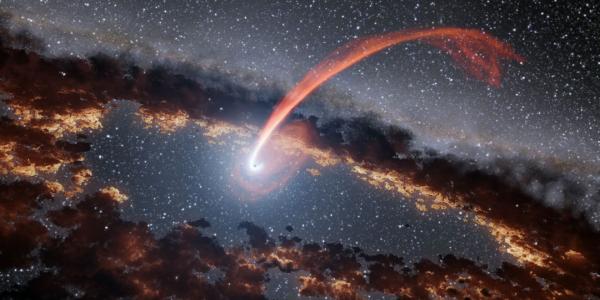Astrophysics Seminar with Sebastian Heinz on Heat Pumps and Downdrafts
Galaxy Clusters fall into two categories: Dynamically relaxed cool core clusters and recently-perturbed non-cool-core clusters. The thermodynamic evolution of cool core poses an interesting challenge, as the cooling times of the gas in their centers is much shorter than the cluster age, requiring some sources of energy in addition to the cluster’s thermal and potential energy to keep the gas at the observed ~2e7K temperatures The current paradigm holds that jets powered by accretion onto the central supermassive black hole of the brightest cluster galaxy provides most of this energy. However, this model requires rather high efficiencies for energy deposition from the jets to the thermal gas, which in some systems exceeds the energy typically available through accretion. I will present results from a suite of MHD simulations investigating propagation of jets in cluster atmospheres, focused on understanding the large scale dynamical evolution of cool core clusters and discuss a new model of feedback that can substantially increase the efficiency of jet feedback and has observable consequences we can test through the observation of diffuse radio emission in clusters."
Sponsored by the McDonnell Center for the Space Sciences.

